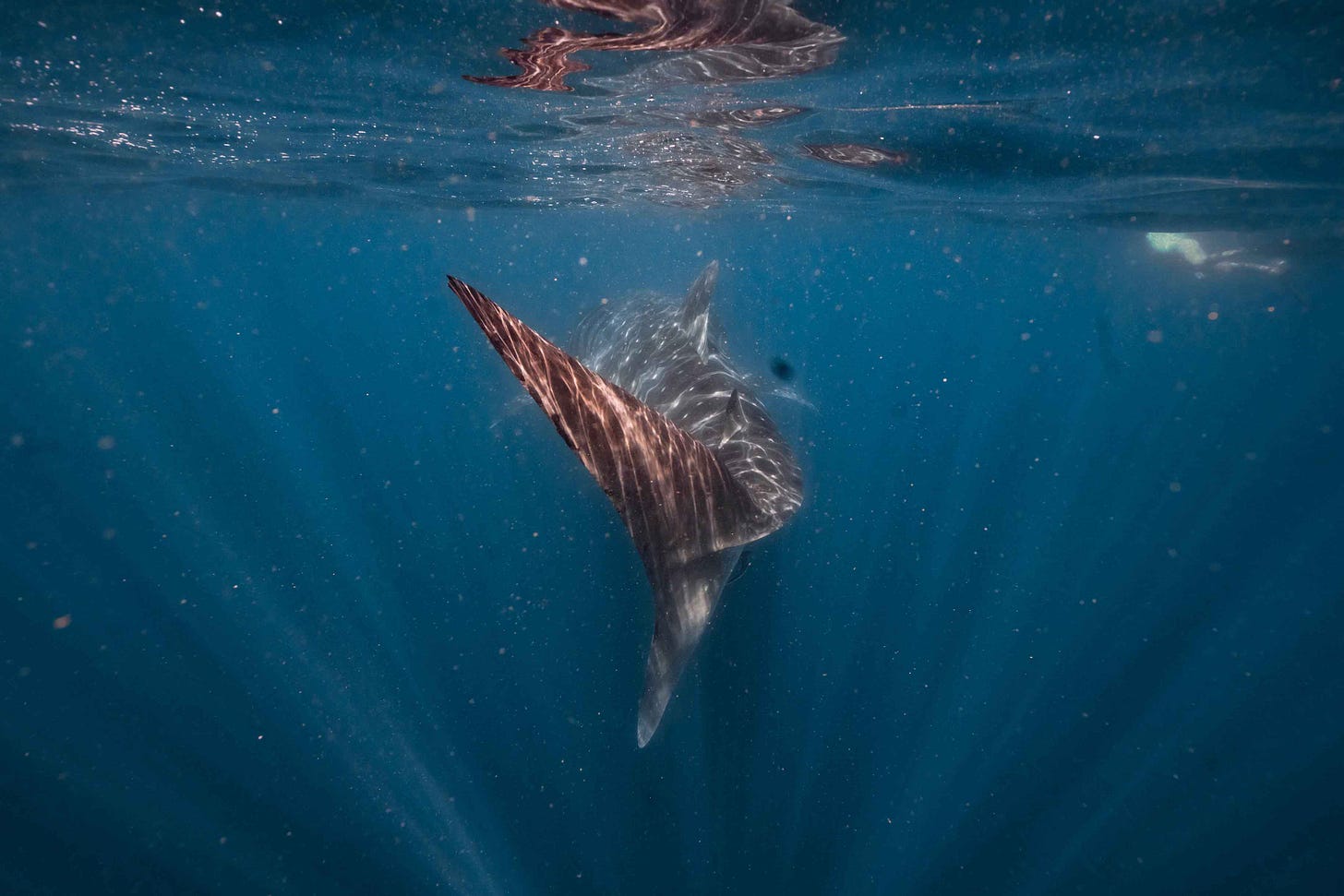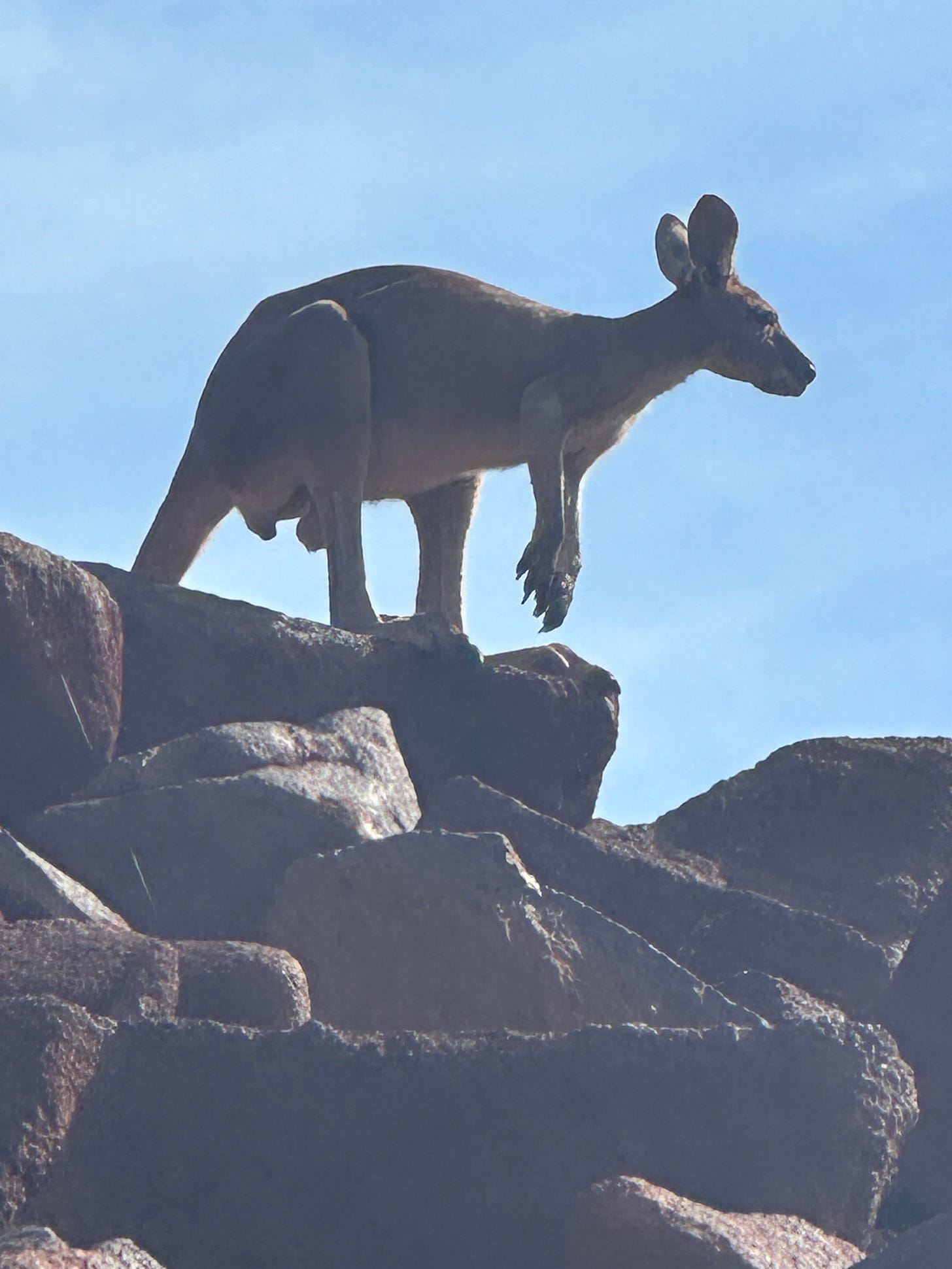Western Australia Travel Blog, Epilogue
General Tips for Visitors of the Western Australia, found out, often the hard way, by yours truly
For those who, partly inspired by this travel blog or not, are planning to visit the Western Australia, here are a number of tips from personal experience:
Take a picture of your luggage, this will help you greatly in case it gets lost (and mine did get lost on my flight from Amsterdam to Perth via Singapore);
On top of that: put stickers or something else unique to you on your luggage, so you can see at a glimpse that it’s yours (on another trip, somebody accidentally took my suitcase because it looked exactly the same as his. Don’t think your piece of luggage is unique: it isn’t);
Get a local SIM-card (or E-sim, if possible) from Telstra;
Telstra has the best coverage in the outback;
Get at least 20 GB because WiFi in local hotels and campsites my be unreliable, very wonky or very slow;
Disable automatic updates on your iPhone: Settings→General→Software Update→Automatic Updates, then switch “Download iOS updates” to “Off” and “Install iOS updates” to “Off”;
I had just purcheased the second 1 GB from my provider T-Mobile—who uses Telstra in Australia, so I had good reception throughout the outback—and then I saw the MBs disappear as if being devoured by a hungry PacMan. What happened was that Apple had just released a safety update for iOS, and since I hadn’t switched the “Download iOS updates” off, it immediately began downloading the 2+ GB update through mobile data. 25 euros gone in under 25 minutes. Be prepared: don’t let it happen to you!
Obviously, check if your Android phone has automatic updates enabled (are there any more makes of smartphones? Amyway, check the automatic updates on these, as well);
Download the maps.me app to your phone and then download the full map of Australia (it’s free, and the download is about 1 GB). Then you can set out routes without an internet connection, as the app tracks your GPS. I found it worked quite well throughout;
Obviously, it’s also possible to download maps from Google (who have too many data of me already, so I declined) or another offline map. I just found maps.me worked very well;
Take at least two credit cards if you’re from outside Australia (or New Zealand), because European debit cards only work at ATM machines, but not in restaurants, supermarkets, café’s , bars and the like;
In Perth, many café’s, restaurants and bars only accept electronic payment, meaning a (not) poor European has no choice but to use their credit card;
In the outback, though, cash is gladly accepted almost everywhere (see below);
Take plenty of cash: in the outback cash is accepted almost anywhere, while electronic payment often fails due to poor connectivity;
If you rent a car, think about taking windscreen security. Even the sealed roads in the outback have a lot of loose gravel, and if one piece of gravel is kicked up by an approaching car, it can hit your windscreen—nothing you can do about it—and produce a dent/scratch in your window. This happened to me, and the repair costs were AU$144;
Normally, when we travel with 3 or 4 persons, we take full coverage. However, the price of car rentals has been going up sky-high, as well. So what’s smart: no expensive full coverage and split the risk? Or not? It’ll depend on how high the damage waiver is;
And the everlasting classics:
Sunscreen, preferably 50+. UV radiation is relentless in Australia;
DEET or—my new favourite—Picardin1 mosquito repellent. Mosquito bites are bad, but sandfly bites are even worse. Back in 1999, my friend Michel and I ran out of DEET on our penultimate day in the Kimberleys, and we figured it couldn’t be that bad. We were wrong, as we emerged the next day covered in sandfly bites. These itch like crazy, and it takes weeks before they heal;
Hats with netting or with corks dangling from a line (another old classic) as flies run rampant—especially in some parts of the Pilbara, my experience was flies were extremely irritating in the Shark Bay area—to ward off flies. Flies don’t care about DEET or any other repellent;
Make sure there is always plenty of water in your car. The shops sell water in 10 litre jerrycans or more. If your car breaks down in the middle of the desert, do not leave your car (you will die from dehydration and heatstroke), and wait until another car passes by (and do wave for them to stop), so they can get help for you (because in the outback you often have no signal, even on Telstra). In that case, the extra water may very well safe your life;
Finally, always ask and follow the advise of the locals. In Broome we followed the advise to get out well before the cyclone came ashore, as the roads will be submerged for weeks on end. It was excellent advise and we were very happy that we followed it;

Author’s note: if I missed something, do feel free to add that in the comments. Otherwise, thanks for reading and safe travels, wherever you go!
Almost no odour and not as aggressive to plastics as DEET;




